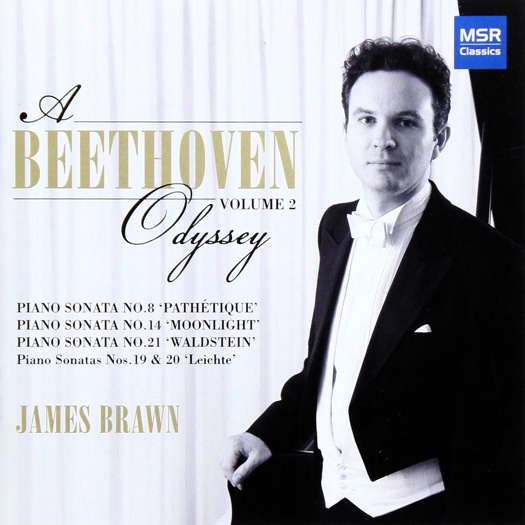 SPONSORED: CD Spotlight. Perfect Indeed - More Beethoven from James Brawn, recommended by Andrew Schartmann.
SPONSORED: CD Spotlight. Perfect Indeed - More Beethoven from James Brawn, recommended by Andrew Schartmann.
All sponsored features >>
 CENTRAL ENGLAND: Mike Wheeler's concert reviews from Nottingham and Derbyshire feature high profile artists on the UK circuit - often quite early on their tours.
CENTRAL ENGLAND: Mike Wheeler's concert reviews from Nottingham and Derbyshire feature high profile artists on the UK circuit - often quite early on their tours.
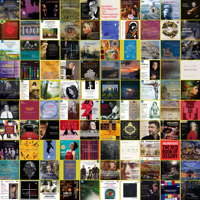 UPDATES: There's a new feature every day at Classical Music Daily. Read about the various ways we can keep in touch with you about what's happening here.
UPDATES: There's a new feature every day at Classical Music Daily. Read about the various ways we can keep in touch with you about what's happening here.
Absolutely Chopin
GIUSEPPE PENNISI is treated to a Chopin recital in Rome by Leonora Armellini
I had the choice between two concerts of Chopin's music: one by pianist Alexander Gadjev and one by pianist Leonora Armellini, both very successful at the last Chopin competition in Warsaw. I chose the latter because she is less known in Italy and because the program contained only music by Chopin, while Gadjev's also included Schumann.
A few words about the composer; Fryderyk Franciszek Chopin - born Żelazowa Wola, 22 February 1810; died Paris, 17 October 1849. He was one of the most important composers of the Romantic period, sometimes referred to as the 'poet of the piano', whose 'poetic genius' is based on a professional technique that has been called 'unparalleled in his generation'. A child prodigy, he grew up in what was then the Duchy of Warsaw, where he completed his musical training. Following the Russian suppression of the November Uprising (1830), at the age of twenty, he moved from Vienna, where he studied, to Paris in the context of the so-called Polish 'Great Emigration'. During the last nineteen years of his life he performed publicly only thirty times, preferring the more intimate atmosphere of salons.
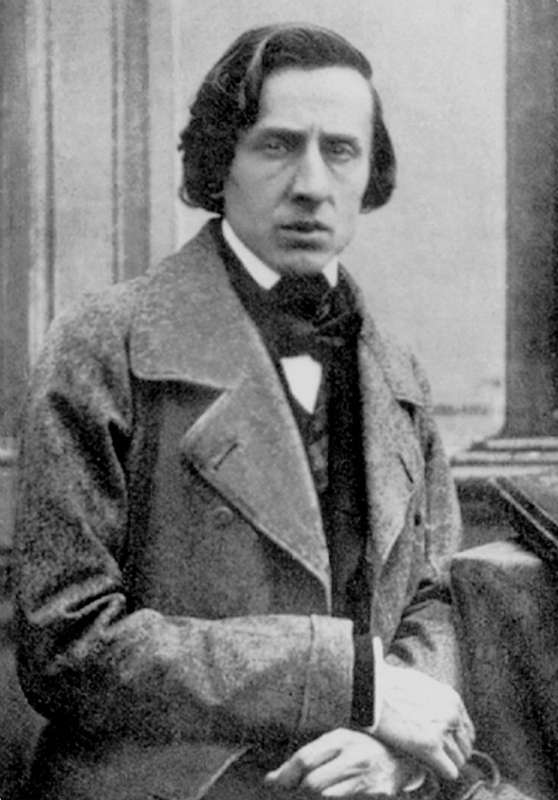
A circa 1849 daguerrotype of Chopin by Louis-Auguste Bisson
He lived and supported himself thanks to the sale of his compositions and with piano teaching, for which the demand was substantial. Chopin befriended Franz Liszt - his first biographer - and was admired by many of his contemporaries, including Robert Schumann. Liszt presented Chopin as a 'national composer', a qualification that is still found in many texts dealing with him. Nothing could be further from the truth. In 1830, when the Polish revolution broke out against Russia, which occupied most of the territory of the country where he was born, he migrated to Paris, where in 1835 he obtained French citizenship. Polish music, central to his compositions, was that of an artist in exile who looked at his native country with a telescope full of tenderness and melancholy.
He had a complicated love life. After the failure of his youthful relationship with Maria Wodzińska, which lasted between 1835 and 1837, he embarked on an often tormented relationship with the French writer George Sand. A brief and unhappy stay in Mallorca with Sand, which took place between 1838 and 1839, coincided with one of his most productive periods in terms of composition. In his later years, he was financially supported by his patron Jane Stirling, a wealthy student of his - maybe one of his lovers too. She also arranged for him to travel to Scotland in 1848. For most of his life, Chopin suffered from poor health. He died in Paris in 1849, of tuberculosis.
Most of Chopin's compositions were written for solo piano; the notable exceptions are the two concertos, four further compositions for piano and orchestra, and the Sonata Op 65 for piano and cello. He also wrote some chamber music compositions and several songs on Polish texts. His piano style was highly individual and often technically demanding, but always maintaining the right nuances and expressive depth. He invented the musical form known as the instrumental ballade and brought remarkable innovations to the piano sonata, mazurka, waltz, nocturne, polonaise, study, improvisation, scherzo and prelude. Influences on his compositional style include Polish folk music, the classical tradition of Johann Sebastian Bach, Domenico Scarlatti, Wolfgang Amadeus Mozart, Ludwig van Beethoven and Franz Schubert.
His innovations in style, musical form and harmony, were influential throughout the Romantic period and beyond. Unlike other composers of the time, he wrote music thinking not of performances in large concert halls, but of those in the private salons of the palaces of the aristocracy and of the rich Parisian bourgeoisie, where the pianos were smaller and the sound more delicate than in the concert halls. He has been the subject of numerous films and biographies with varying levels of historical accuracy.
We come to the 3 December 2022 concert at the Istituzione Universitaria dei Concerti (IUC) of La Sapienza University in Rome. Leonora Armellini, born in 1992, has been studying piano since the age of four and teaches at an important conservatory - the Conservatory Antonio Buzzolla of Adria in Italy. She is already known internationally - Carnegie Hall in New York, Mariinsky in St Petersburg, Salle Cortot in Paris, Warsaw Philharmonic, as well as in South Korea, China and Japan.
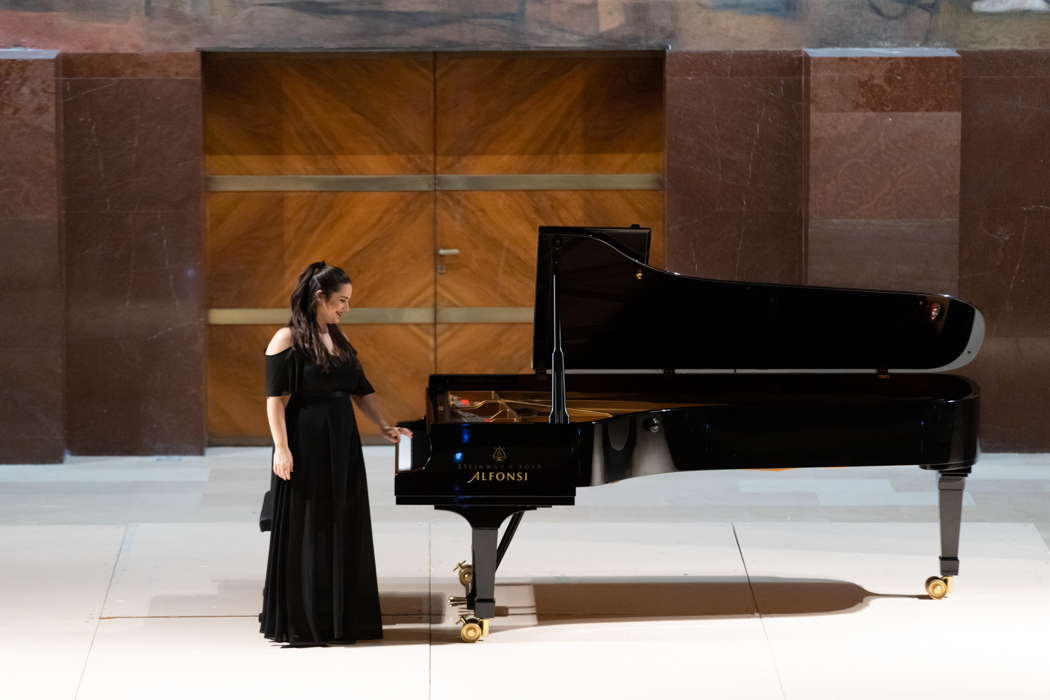
Leonora Armellini at the IUC, Aula Magna della Sapienza in Rome on 3 December. © 2022 Andrea Caramelli and Federico Priori
The program she chose for the concert is a good anthology of the works of the artist in exile with memories (and nostalgia, perhaps) of the distant homeland. Of course, in an auditorium that can accommodate about a thousand spectators and with a modern piano, the sound is greater than in concerts designed to be performed in a salon. To my knowledge, a salon hall for concert seasons in Italy exists only in Macerata. I was in the front row and I could appreciate the nuances.
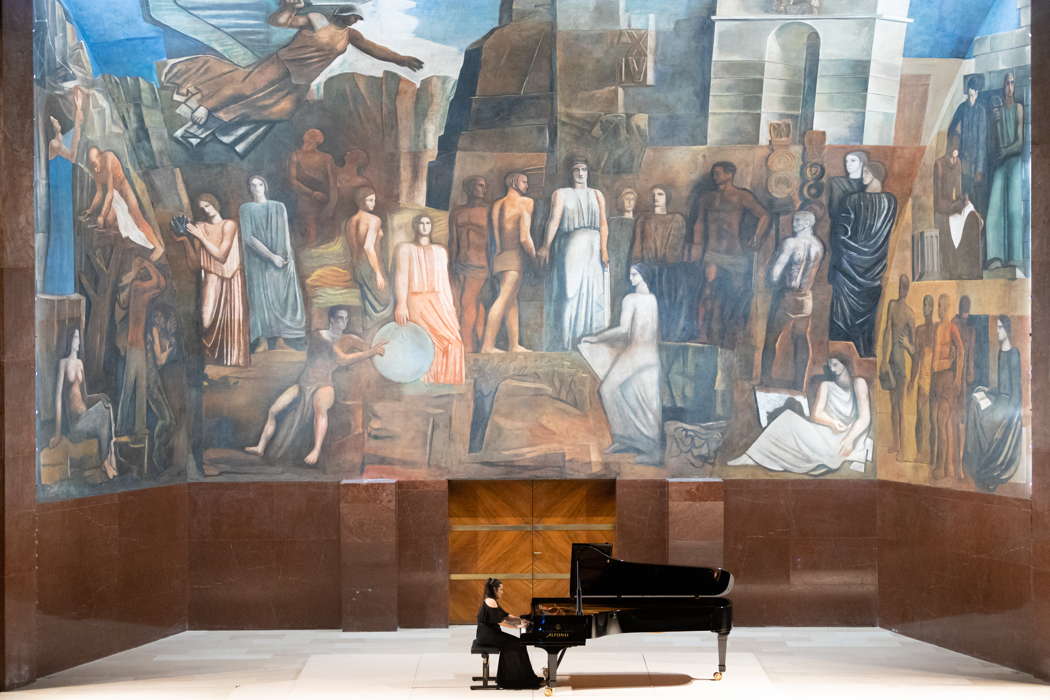
Leonora Armellini at the IUC, Aula Magna della Sapienza in Rome on 3 December. © 2022 Andrea Caramelli and Federico Priori
The first part of the concert included Four Mazurkas Op 41 and the Sonata No 2 in B flat minor Op 35. In the mazurkas, originating from folk dances to which Chopin gives an organic structure, abandoning improvisation, Armellini highlights the differences of each of the short pieces. In the sonata, which includes the famous funeral march in the third movement (which was also played at the composer's funeral), Armellini emphasizes the modernity of the fourth movement - a presto that could be almost contemporary.
The second part had three components: two Nocturnes (with poignant execution of the second, a lento full of melancholy); a Ballad (No 3) of which the narrative content and the great lyricism are emphasized and two Polonaises - Op 53 and one of the posthumous ones - where Armellini underlines the pride (even if seen from afar) of Chopin's compatriots.
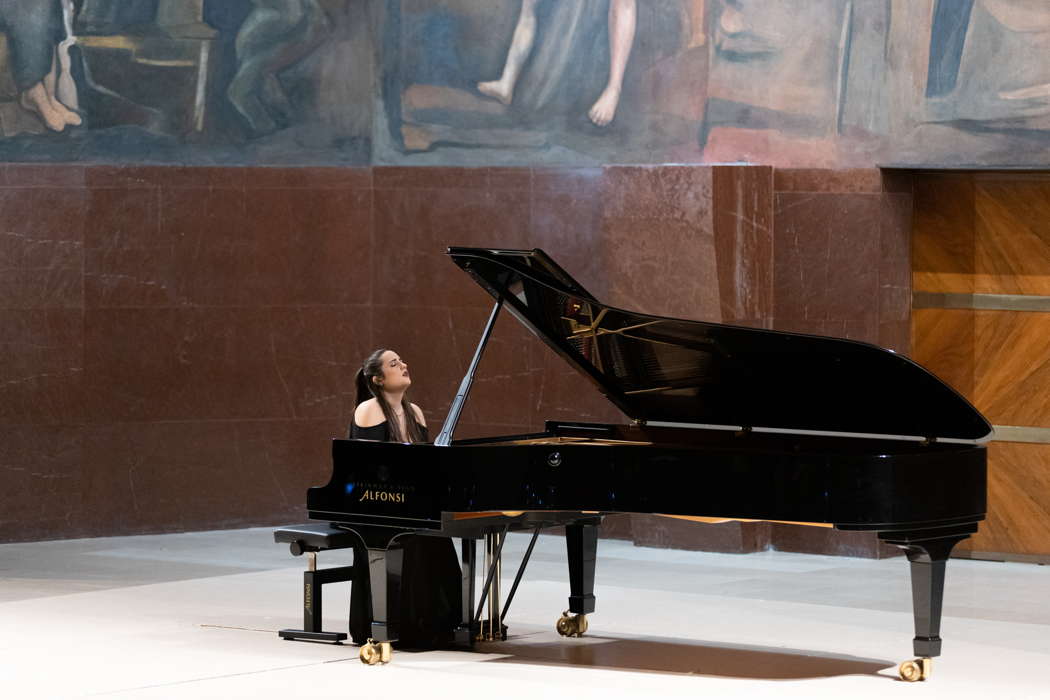
Leonora Armellini at the IUC, Aula Magna della Sapienza in Rome on 3 December. © 2022 Andrea Caramelli and Federico Priori
The success of the concert is testified not only by the applause and accolades but by the fact that, at the audience's insistent request, Leonora Armellini had to grant three encores: the great brilliant waltz Op 38, the Étude Op 25 and the very rarely performed Tarantella Op 43. A real treat.
Copyright © 5 December 2022
Giuseppe Pennisi,
Rome, Italy

ARTICLES ABOUT THE ISTITUZIONE UNIVERSITARIA DEI CONCERTI
CLASSICAL MUSIC ARTICLES ABOUT ROME


